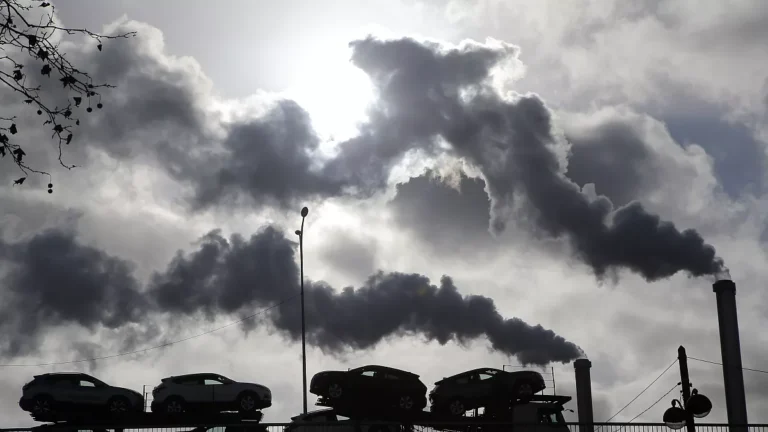Morocco reaches a new milestone in environmental regulation. For the first time, the Ministry of Energy Transition and Sustainable Development issues a set of binding thresholds aimed at regulating atmospheric emissions from the country’s most polluting chemical industries. Three sub-sectors are affected: units producing phosphoric acid, sulfuric acid, and nitrogen and phosphate fertilizers.
A differentiated regulation based on the age of the units
The texts, based on decree n°2.09.631 of July 6, 2010, introduce strict emission ceilings, adapted to the technology and commissioning date of the facilities. Thus, for hydrogen fluoride (HF), units built before 2015 have a tolerance of up to 10 mg/Nm³, while newer ones are limited to 5 mg/Nm³. The same logic applies to dust (100 mg/Nm³ versus 50 mg/Nm³) or ammonia (60 mg/Nm³ versus 50 mg/Nm³), depending on the age of the industrial sites.
The thresholds are calculated under precise reference conditions (temperature of 273 K, pressure of 1013 hPa, and oxygen content of 20% after deducting water vapor), ensuring uniformity in controls.
A strengthened and permanent control system
Compliance with the standards is not limited to a single threshold: industrial operators must now demonstrate that 95% of hourly or daily measurements over a year comply with the set limits, while monthly or annual averages must be 100% within the limits. The new rules require the establishment of continuous monitoring systems within the units, with strict methodological protocols.
Sulfur dioxide (SO₂), notably from sulfuric acid production, is also regulated: emissions are capped at 500 mg/Nm³ for newer units and can reach 3,000 mg/Nm³ for older installations, depending on the absorption technique used. Hydrogen sulfide (H₂S) must not exceed 5 mg/Nm³ in modern units, compared to 10 mg/Nm³ in older ones.
A regulatory turning point for the Moroccan chemical industry
The ministry emphasizes that these prescriptions are based on the best available techniques, with a clear intention to prevent environmental and health nuisances. “This system will allow authorities to ensure autonomous and rigorous monitoring of industrial emissions, in addition to unannounced inspections by state services,” specifies Minister Leïla Benali in her presentation note.
Through this series of decisions, Morocco asserts its commitment to raising its environmental standards to meet climate and health challenges. Soon to be published in the Official Bulletin, these standards could mark a decisive turning point in the ecological transformation of the national industrial framework.
With Barlamane


